1 of 16
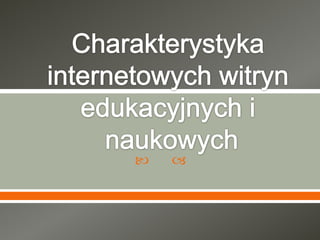
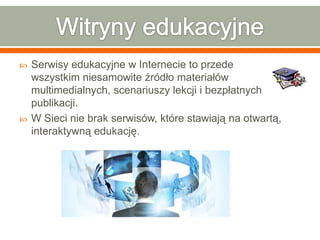

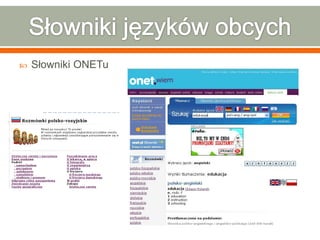


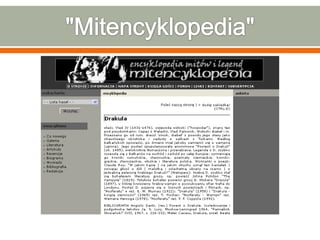

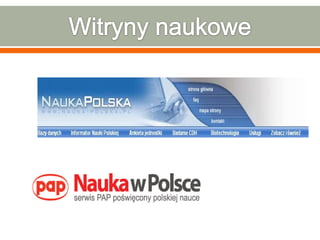
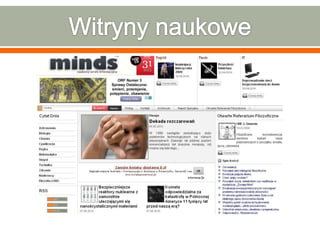
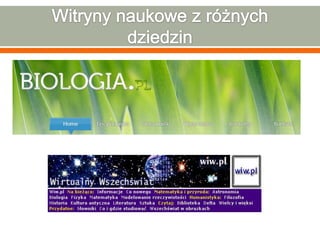
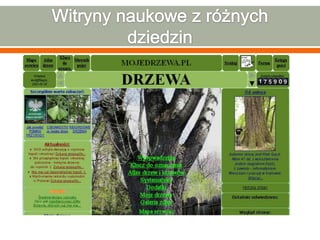

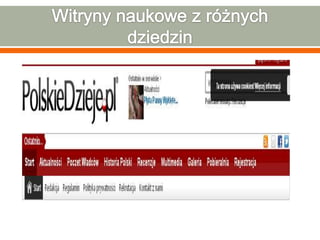
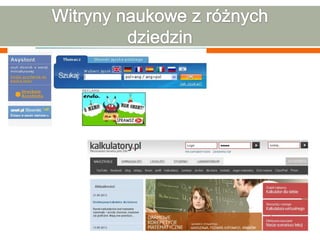

Ad
Recommended
Introduce lumen php micro framework
Introduce lumen php micro frameworkJung soo Ahn
╠²
Lumen is introduced as a micro PHP framework that is fast like Slim and Silex. It is based on the same Laravel components as Laravel, allowing developers to use familiar Laravel syntax and patterns. While smaller and faster than Laravel, Lumen has limitations in areas like debugging and routing compared to Laravel. It is well suited for APIs, microservices, and mobile applications where speed is important. Slim is also a micro framework option but is less integrated with other frameworks while Lumen is more compatible with Laravel.Learning Laravel
Learning LaravelHyun-Seok Lee
╠²
XECon 2015 ýùÉýä£ Ù░£Ýæ£Ýò£ ÙØ╝ÙØ╝Ù▓¿ ÝòÖýèÁ ýáäÙ×Á ýè¼ÙØ╝ýØ┤Ùô£ ý×àÙïêÙïñ.Envoy ÙÑ╝ ýØ┤ýÜ®Ýò£ ý¢öÙô£ Ù░░Ýż ý×ÉÙÅÖÝÖö
Envoy ÙÑ╝ ýØ┤ýÜ®Ýò£ ý¢öÙô£ Ù░░Ýż ý×ÉÙÅÖÝÖöJuwon Kim
╠²
Git pull, Git post-receive hook, Gile clone Ùô▒ýØÿ Ù░░Ýż ýáäÙ×ÁýØä ýé┤ÝÄ┤Ù│┤Û│á, Envoy SSH Task Runner ÙÑ╝ ýØ┤ýÜ®Ýòÿýù¼ Git Ù░░Ýż ýáäÙ×Á ýêÿÝûëÝòÿÙèö Ù░®Ù▓òýØä ýäñÙ¬àÝò®ÙïêÙïñ.Laravel Introduction
Laravel IntroductionAhmad Shah Hafizan Hamidin
╠²
This document provides an overview of the Laravel PHP framework. It describes key Laravel concepts like MVC architecture, Eloquent ORM, Blade templating, routing, controllers, authentication, Artisan CLI, and Inversion of Control using service providers. It also lists requirements to set up a Laravel project and ways to create one using the Laravel installer or Composer.Laravel ßäàßà® ßäçßàóßäïßà«ßäéßà│ßå½ ßäëßàÑßäçßàÑßäëßàíßäïßàÁßäâßà│ #5
Laravel ßäàßà® ßäçßàóßäïßà«ßäéßà│ßå½ ßäëßàÑßäçßàÑßäëßàíßäïßàÁßäâßà│ #5ýä▒ýØ╝ Ýò£
╠²
This document describes how to build a bulletin board application in Laravel. It covers setting up the application structure with Blade views and layouts, connecting to a MySQL database to manage users and posts, creating Eloquent models, and building out the controller logic for common actions like registration, login, creating, editing, and deleting posts. Key sections include setting up the MVC framework with routes and controllers, implementing authentication with sessions, and using relationships and pagination for working with related data.Laravel ßäàßà® ßäçßàóßäïßà«ßäéßà│ßå½ ßäëßàÑßäçßàÑßäëßàíßäïßàÁßäâßà│ #4
Laravel ßäàßà® ßäçßàóßäïßà«ßäéßà│ßå½ ßäëßàÑßäçßàÑßäëßàíßäïßàÁßäâßà│ #4ýä▒ýØ╝ Ýò£
╠²
ABCD ýØÿ Laravel ÛÁÉý£í Ù¼©ýä£ý×àÙïêÙïñ.All the Laravel things: up and running to making $$
All the Laravel things: up and running to making $$Joe Ferguson
╠²
The document outlines a comprehensive guide for setting up and using Laravel, covering installation, project structure, and various functionalities like routing, controllers, model relationships, testing, and authentication. It provides step-by-step instructions for both initial setup using tools like Homestead and subsequent development phases, including exercises for practical application. Additional resources for advanced features such as Laravel Socialite and Cashier for payment processing are also included.Laravel 5
Laravel 5Brian Feaver
╠²
Brian Feaver gives an overview of the Laravel PHP framework. He explains that Laravel is built on Symfony components and provides services and libraries to make interacting with web requests easier. The basics covered include routing, controllers, templating with Blade, and Eloquent ORM. Cool features highlighted are Artisan, dependency injection, queues, middleware, filesystem abstraction, and built-in authentication. Facades are discussed as a way to access underlying services, though injecting services directly is preferable.Intro to Laravel PHP Framework
Intro to Laravel PHP FrameworkBill Condo
╠²
This document provides an introduction to the Laravel framework, highlighting its structure, features, and comparisons to other frameworks like CodeIgniter, Kohana, and FuelPHP. It covers aspects such as MVC architecture, Eloquent ORM, and controller examples, along with resources for further learning. The document concludes with contact information for questions.Adventures in Laravel 5 SunshinePHP 2016 Tutorial
Adventures in Laravel 5 SunshinePHP 2016 TutorialJoe Ferguson
╠²
Laravel 5 introduces several new features including a revised directory structure, Blade changes, commands, events, form requests, and helpers. It also includes tools like route caching, middleware, controller method injection, implicit route model binding, API rate limiting, and authentication improvements. The document provides an overview of these new features and changes as well as tips for upgrading from Laravel 4.2 to 5.x.Laravel Beginners Tutorial 1
Laravel Beginners Tutorial 1Vikas Chauhan
╠²
Vikas Chauhan presented a document outlining 5 exercises for learning Laravel: 1) Installation and configuration, 2) Writing a Hello World program, 3) Using Laravel Blade templates, 4) Implementing layouts with Blade, and 5) Different types of routes. Each exercise includes multiple tasks with instructions on creating controllers, views, and routes to demonstrate different Laravel features.Laravel, the right way - PHPConference 2016
Laravel, the right way - PHPConference 2016Matheus Marabesi
╠²
The repository pattern is a design pattern that organizes data access logic and separates it from business logic, allowing for easier management and access to data objects. It enables business logic to operate without the complexities of the underlying data access architecture. The document also includes code snippets pertaining to creating and managing deals and invoices in a Laravel application.More Related Content
Viewers also liked (6)
All the Laravel things: up and running to making $$
All the Laravel things: up and running to making $$Joe Ferguson
╠²
The document outlines a comprehensive guide for setting up and using Laravel, covering installation, project structure, and various functionalities like routing, controllers, model relationships, testing, and authentication. It provides step-by-step instructions for both initial setup using tools like Homestead and subsequent development phases, including exercises for practical application. Additional resources for advanced features such as Laravel Socialite and Cashier for payment processing are also included.Laravel 5
Laravel 5Brian Feaver
╠²
Brian Feaver gives an overview of the Laravel PHP framework. He explains that Laravel is built on Symfony components and provides services and libraries to make interacting with web requests easier. The basics covered include routing, controllers, templating with Blade, and Eloquent ORM. Cool features highlighted are Artisan, dependency injection, queues, middleware, filesystem abstraction, and built-in authentication. Facades are discussed as a way to access underlying services, though injecting services directly is preferable.Intro to Laravel PHP Framework
Intro to Laravel PHP FrameworkBill Condo
╠²
This document provides an introduction to the Laravel framework, highlighting its structure, features, and comparisons to other frameworks like CodeIgniter, Kohana, and FuelPHP. It covers aspects such as MVC architecture, Eloquent ORM, and controller examples, along with resources for further learning. The document concludes with contact information for questions.Adventures in Laravel 5 SunshinePHP 2016 Tutorial
Adventures in Laravel 5 SunshinePHP 2016 TutorialJoe Ferguson
╠²
Laravel 5 introduces several new features including a revised directory structure, Blade changes, commands, events, form requests, and helpers. It also includes tools like route caching, middleware, controller method injection, implicit route model binding, API rate limiting, and authentication improvements. The document provides an overview of these new features and changes as well as tips for upgrading from Laravel 4.2 to 5.x.Laravel Beginners Tutorial 1
Laravel Beginners Tutorial 1Vikas Chauhan
╠²
Vikas Chauhan presented a document outlining 5 exercises for learning Laravel: 1) Installation and configuration, 2) Writing a Hello World program, 3) Using Laravel Blade templates, 4) Implementing layouts with Blade, and 5) Different types of routes. Each exercise includes multiple tasks with instructions on creating controllers, views, and routes to demonstrate different Laravel features.Laravel, the right way - PHPConference 2016
Laravel, the right way - PHPConference 2016Matheus Marabesi
╠²
The repository pattern is a design pattern that organizes data access logic and separates it from business logic, allowing for easier management and access to data objects. It enables business logic to operate without the complexities of the underlying data access architecture. The document also includes code snippets pertaining to creating and managing deals and invoices in a Laravel application.More from Michal11 (18)
Ad
Charakterystyka internetowych witryn edukacyjnych i naukowych
- 1. ´éù ´éû
- 2. ´éÿ Serwisy edukacyjne w Internecie to przede wszystkim niesamowite ┼║r├│d┼éo materia┼é├│w multimedialnych, scenariuszy lekcji i bezp┼éatnych publikacji. ´éÿ W Sieci nie brak serwis├│w, kt├│re stawiaj─à na otwart─à, interaktywn─à edukacj─Ö.
- 3. ´éÿ LING.pl
- 5. ´éÿ Wortal j─Özykowy ´éÿ LiveMocha
- 16. ´éù ´éû Agnieszka Biele┼ä Dorota ©Ú▓╣╗Õ┤Ã┼╝▓Ô│ª░ý▓╣